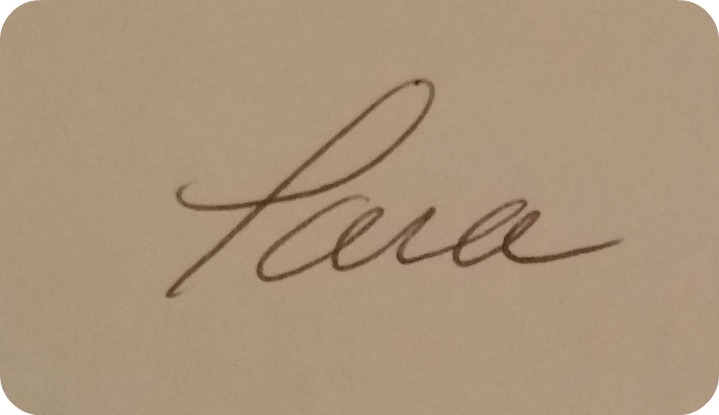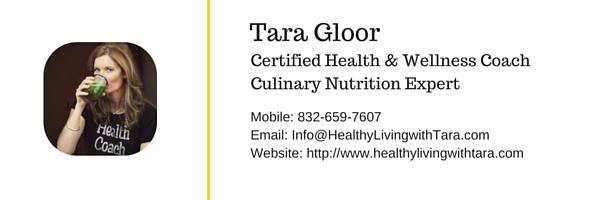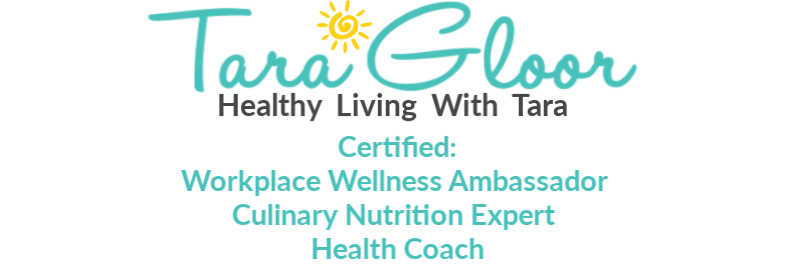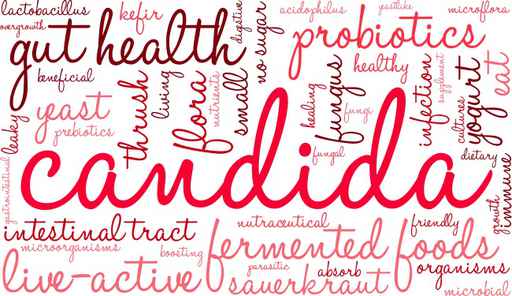So what is Candida? Many have heard of it, but not quite sure what it is. The technical term is Candidiasis, but I will refer to it as Candida. It is a type of yeast that is present in the digestive tract, nose, mouth, and skin of healthy individuals. It is one of the billions of friendly organisms that serve a useful purpose in the body. However, under certain conditions, such as antibiotic use, an unhealthy diet, and unhealthy lifestyle choices, this balance is disrupted and an overgrowth of yeast develops in the body. Candida manifests and becomes a very unpleasant and unwanted houseguest.
When I was diagnosed with Candida and given a list of foods to stay away from, I was at a loss. I was already feeling lousy with my brain fog, fatigue and bloating, and now I was told I needed to stay away from ALL sugars, even natural sugars like honey and dates. I thought I had a pretty good diet; I was confused and to be honest a bit depressed. With such as restrictive eating plan what on earth was I supposed to eat?
Many people end up losing a lot of weight on the first few months of an anti-Candida diet, along with key nutrients. We need to remember to nourish ourselves! While on a Candida diet, the goal is to starve Candida and not ourselves. Starving ourselves is not the way to heal our body. To restore balance in our bodies, we need to nourish our bodies with nutrient-dense superfoods, and aim to create balance and harmony in our digestive system.
Healing can and will take place as long as we adhere to a strict diet, and incorporate the necessary supplements, herbs, and, or prescriptions. I’m not going to lie the first few weeks are challenging, but the results are well worth it. By following a yeast free diet, it will lead to better health by allowing your body to gain strength and build up your immune system.
The TOP 5 Foods to Fight Candida!
- Coconut oil – it contains a fatty acid, called caprylic acid. This anti-fungal interferes with Candida growth by poking holes in the walls of the yeast cells, causing them to die off. I use coconut oil for cooking, add it to my coffee substitute, and smoothies.
- Garlic – it contains allicin, a sulphur-containing compound with natural anti-fungal properties. When eaten raw, this is one of the best anti-fungals. After chopping, or pressing your garlic, let it rest for 10 minutes before eating, or adding to the pan, the more allicin is generated and the stronger the medicinal effect.
- Cinnamon – is an anti-inflammatory spice with anti-fungal properties. It appears to damage yeast cells, causing them to change and eventually die off. You can enjoy cinnamon tea, add it to your favourite smoothie, or add it while cooking.
- Cruciferous Vegetables – such as broccoli, Brussel sprouts, arugula, cabbage, and radishes, contain isothiocyanates, the sulphur and nitrogen containing compounds that attack Candida.
- Pau d’Arco Tea – is the bark of a rainforest tree which has active principles, mainly lapachol which is anti-fungal, and very beneficial in helping treat Candida. You can enjoy up to 4 cups a day. A great brand is Traditional Medicinals.
For more information, here is an article written by Dr. Amy Myers: 10 Signs You Have Candida Overgrowth & What To Do About It.
If you do have Candida I want you to be patient with yourself throughout this journey. You are not trying to win, or do this perfectly. You are trying to get in tune, and in harmony with your own body. Please know that many people have successfully healed themselves from Candida, you can too!
Thanks for reading and keep well,



